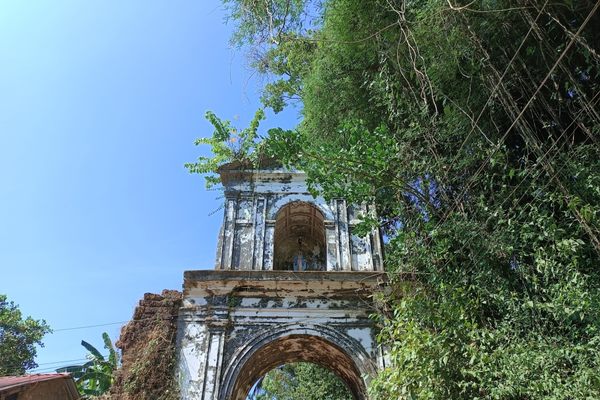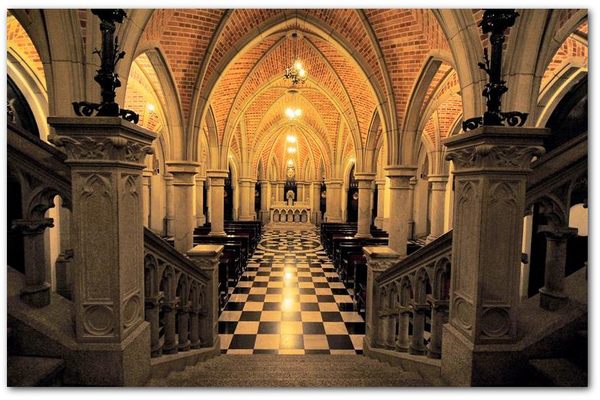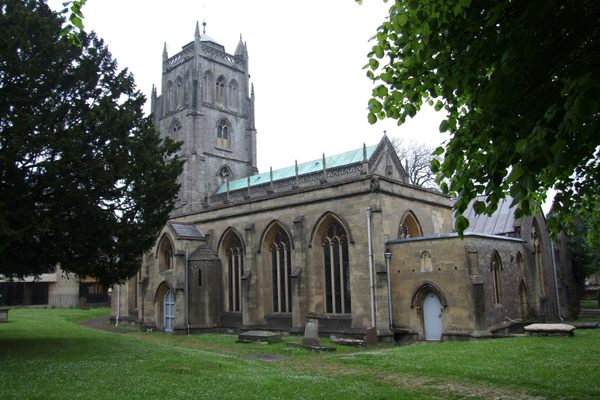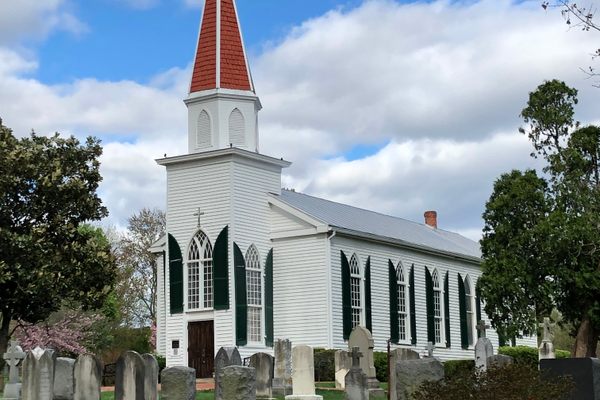In spite of the surfeit of religious architecture dotting Goa’s ecclesiastical landscape, the Church of St. Cajetan is a rare and unique gem in this coastal state of India. Named after Saint Cajetan of Thiene, who founded the Theatine Order of monks in 1524, the church is the sole surviving example of Italian architecture in Old Goa.
Situated on the banks of the river Mandovi, the church was built by Italian friars of the Theatine Order. Construction was completed in 1661, its design indicative of the Corinthian style of architecture. At that time, almost all the religious edifices in Goa followed the Portuguese Baroque style of architecture. Goa was the first Portuguese colony in Asia, and eventually became the capital of the entire Portuguese empire in the East, remaining under colonial rule until 1961. Its architectural splendor was such that the city was known as “Goa Dourada,” or “Golden Goa.”
But the arrival of the Theatine monks from Italy in 1640 ushered in new architectural traditions. The Italian monks had arrived in India with the hope of founding a mission in Golconda, but their failure in being able to do so led them to settle down in Goa. As with any non-Portuguese missions, the Theatines were not welcome in Portuguese-controlled Goa and repeated efforts were made to drive them out. However, the Italian friars persisted and the sparkling white façade of the church of St. Cajetan is a radiant symbol of their accomplishments in India. Apart from building hospitals for the poor and the needy, the Theatines are also credited with championing the cause of distributing Holy Communion to all Goan Catholics, irrespective of social class or caste.
As the last remaining specimen of Italian architecture in Portuguese-held Goa, the church is unique in many ways. Crowned with a massive hemispherical dome that was modeled after St. Peter’s Basilica in Rome, the church displays two quadrangular turrets instead of towers. Ornate Corinthian columns adorn the frontispiece of the church with four decorative niches, containing the statues of the apostles Peter, Paul, John, and Matthew, carved into the façade.
Laid out in the shape of a Greek cross, the interior of the church is a play of contrasts between its pristine white walls and the dark statues carved in stone. The Theatine motto from Matthew 6:33, “Seek ye first the Kingdom of God, and all these things shall be added unto you,” is inscribed around the cupola in Latin. Another unusual feature of the church is a 72-foot-deep well located directly beneath the dome and marked by a raised square platform. If you peer in through the opening, you can see the light from the windows set around the dome reflected on the surface of the water.
The main altar, intricately carved and backed by a gilded reredos (an ornamental screen), is dedicated to Our Lady of Divine Providence. There are six additional altars inside the church, including one dedicated to Saint Cajetan. The luminous walls are furnished with paintings that depict scenes from the saint’s life.
The adjoining Convent of St. Cajetan, built on a much smaller scale than the church, is still quite an impressive structure. It houses the Pius X Institute of Pastoral Theology for the training of priests and a small museum of Christian relics.
Know Before You Go
Head past Sé Cathedral and turn right, the Church of St. Cajetan will be at the end of the road. The church is open seven days a week from 9 a.m. to 7 p.m. A nominal fee is charged for entry to the convent museum.























Follow us on Twitter to get the latest on the world's hidden wonders.
Like us on Facebook to get the latest on the world's hidden wonders.
Follow us on Twitter Like us on Facebook